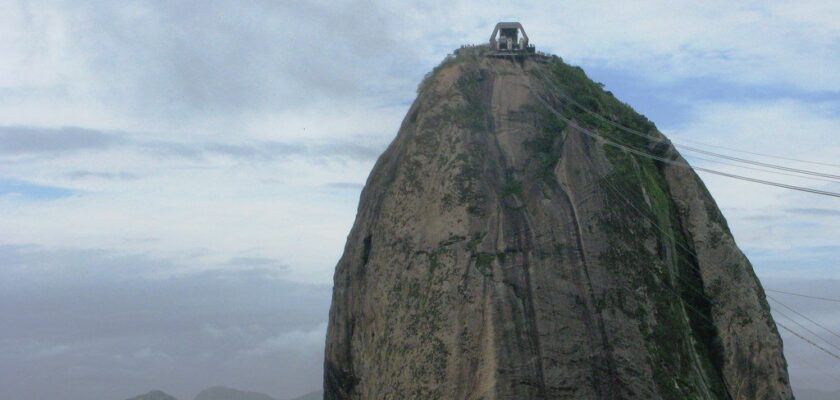Sugar Loaf Mountain
Sugar Loaf Mountain rises above Guanabara Bay, reaching 396 meters. It got its “sweet” name because of its resemblance to a lump of sugar, which is extracted by hand from the local cane. In literal translation, the name of the mountain sounds like “sugar bread”. The Indians who once dwelt at its foot considered Sugarloaf to be the guardian of the gulf. There is almost no vegetation on it, as it is an igneous rock. But there are many tourists who want to admire the beauty of Rio de Janeiro from the peak of one of the main attractions of the city.
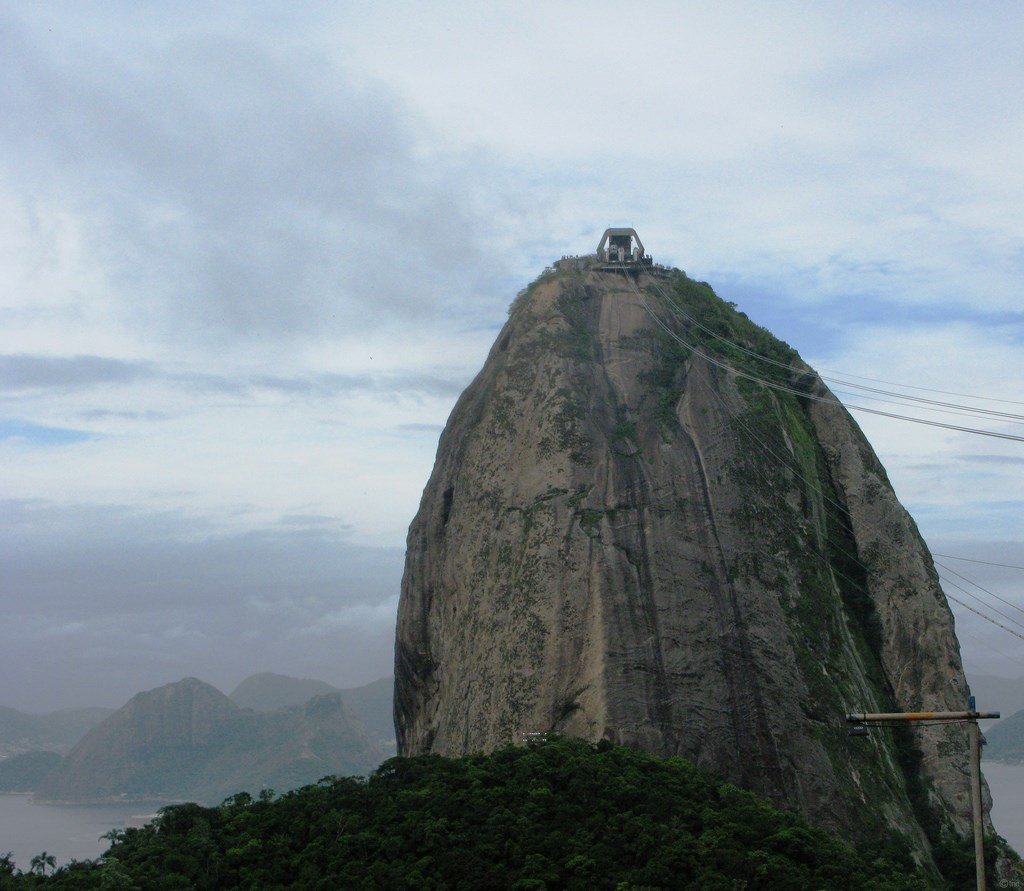
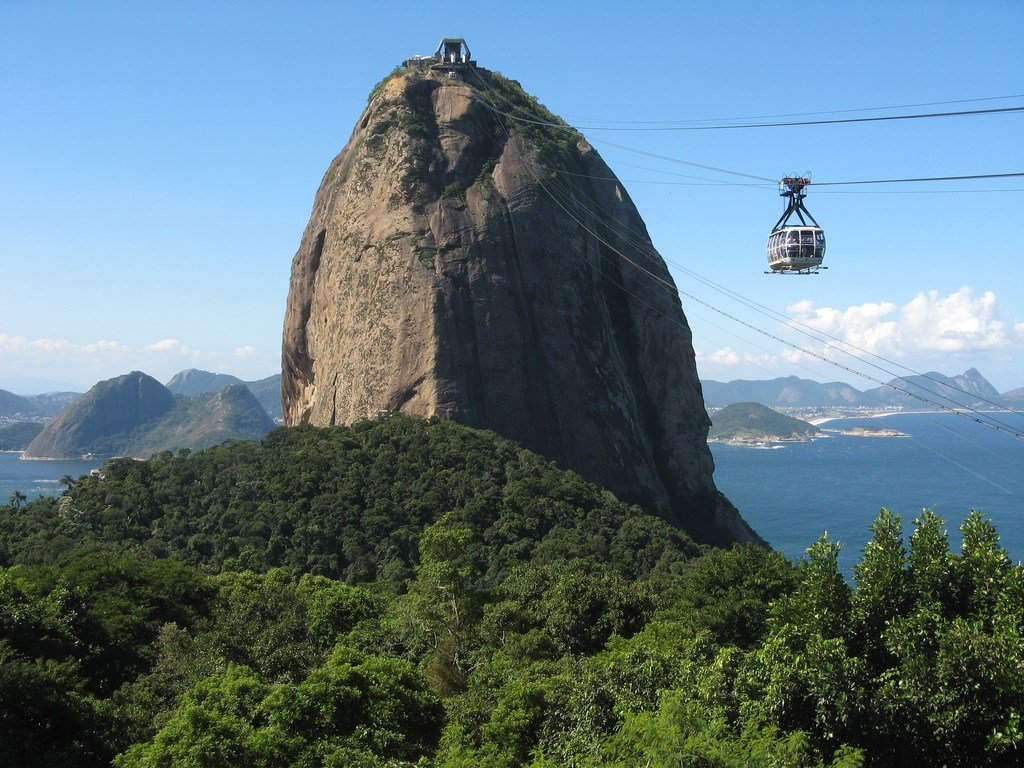
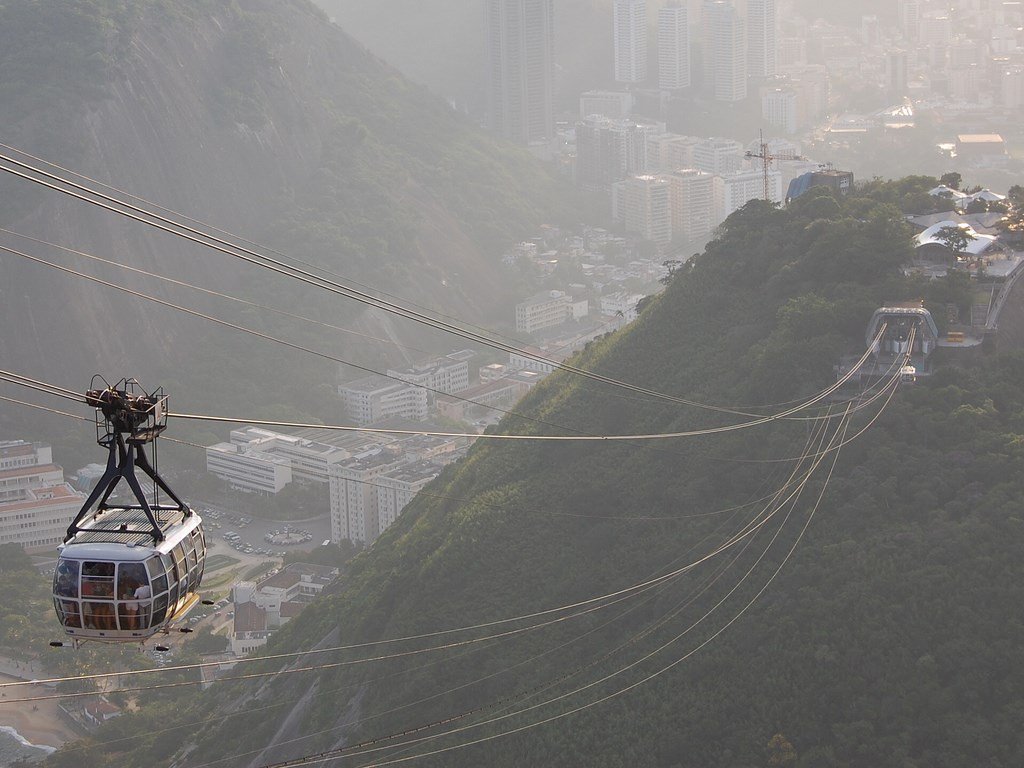
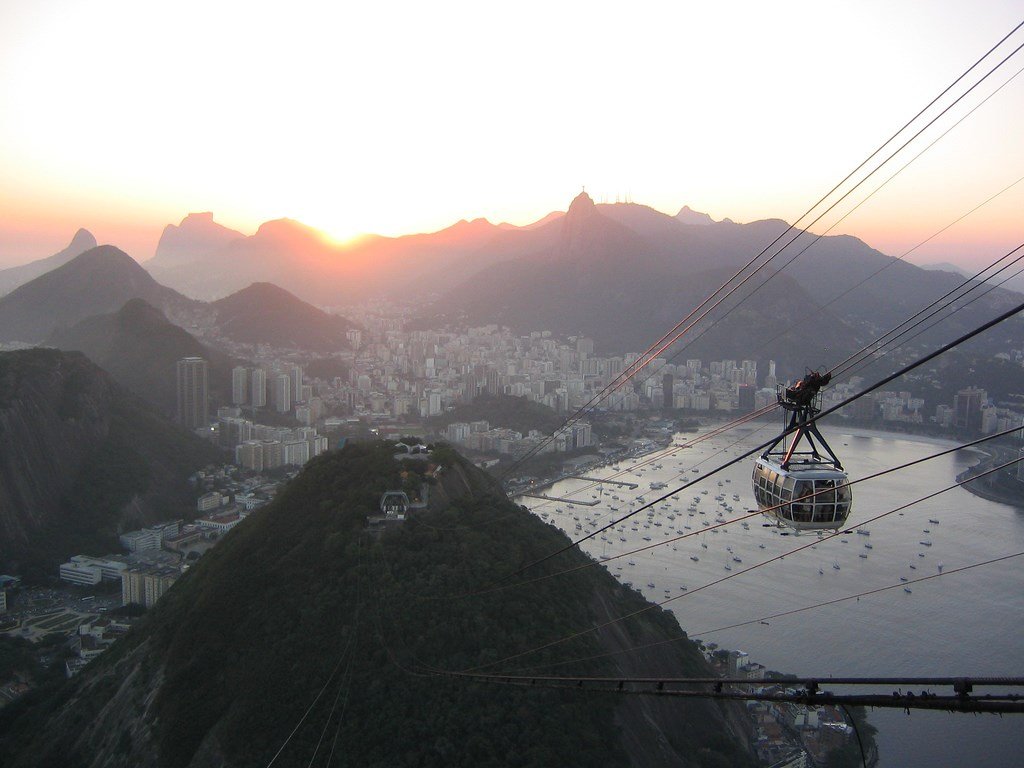
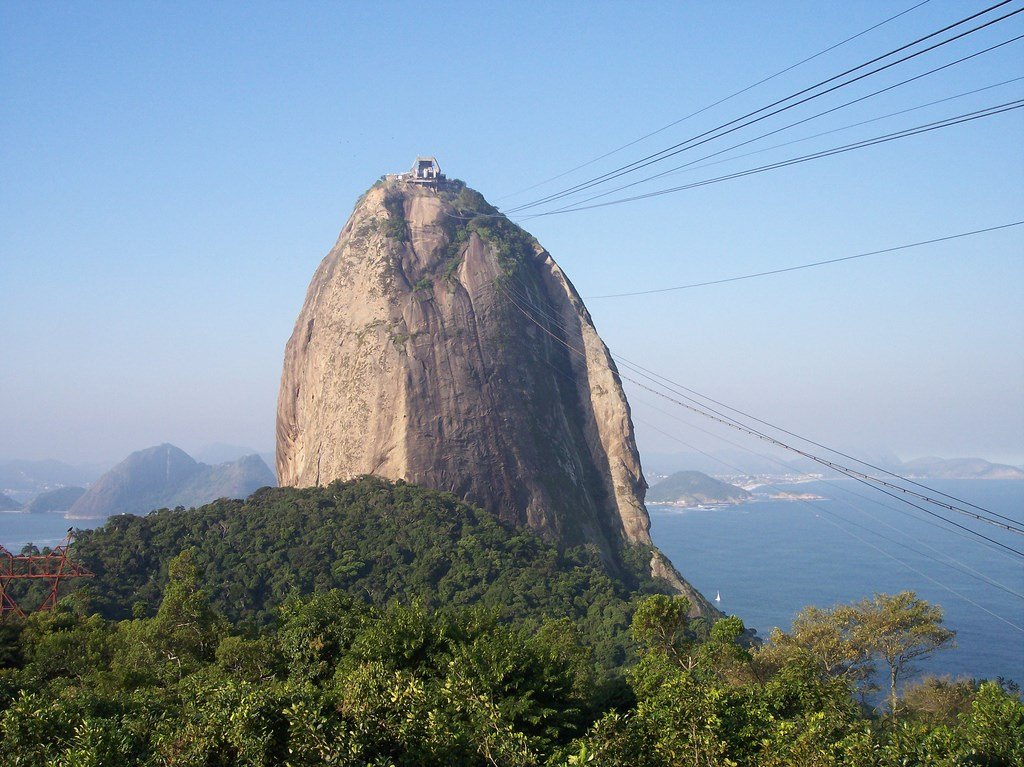
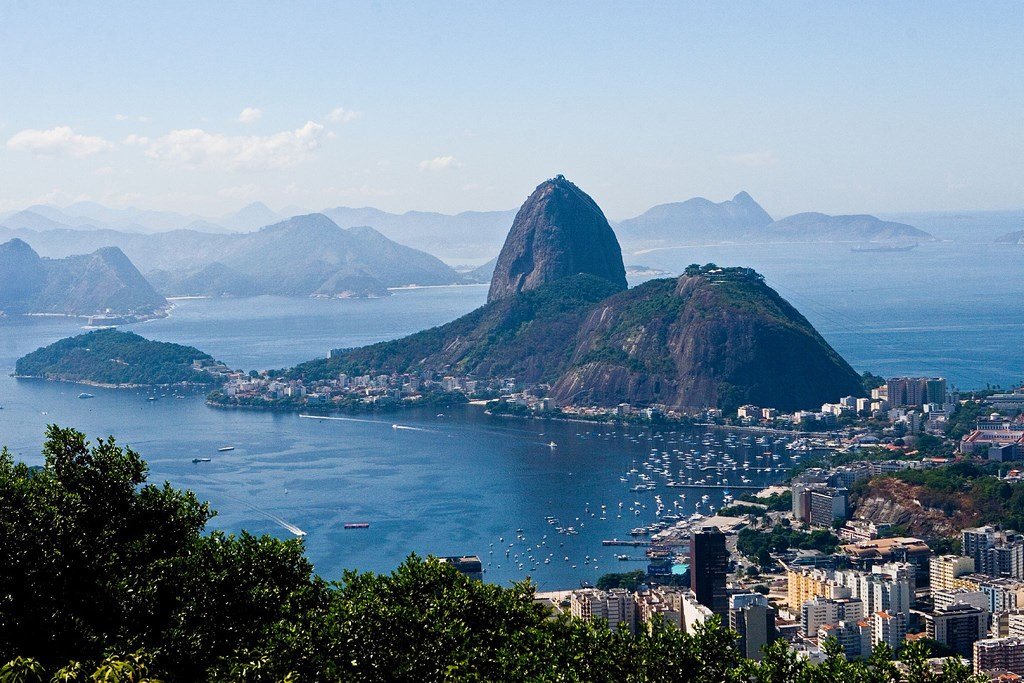
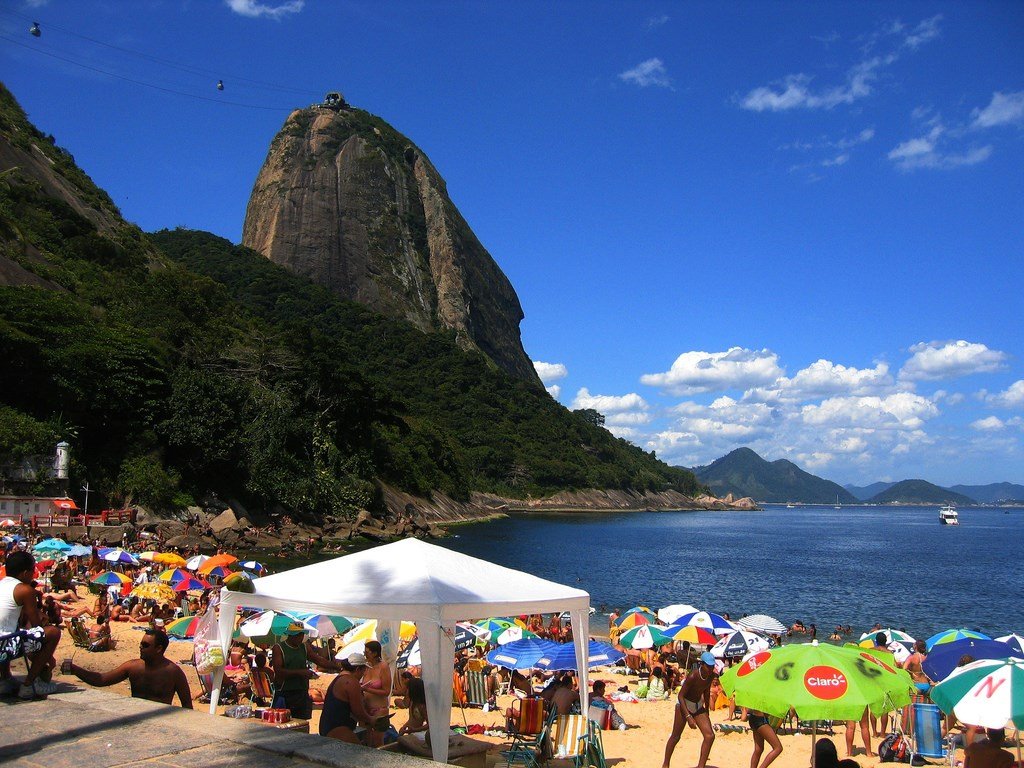
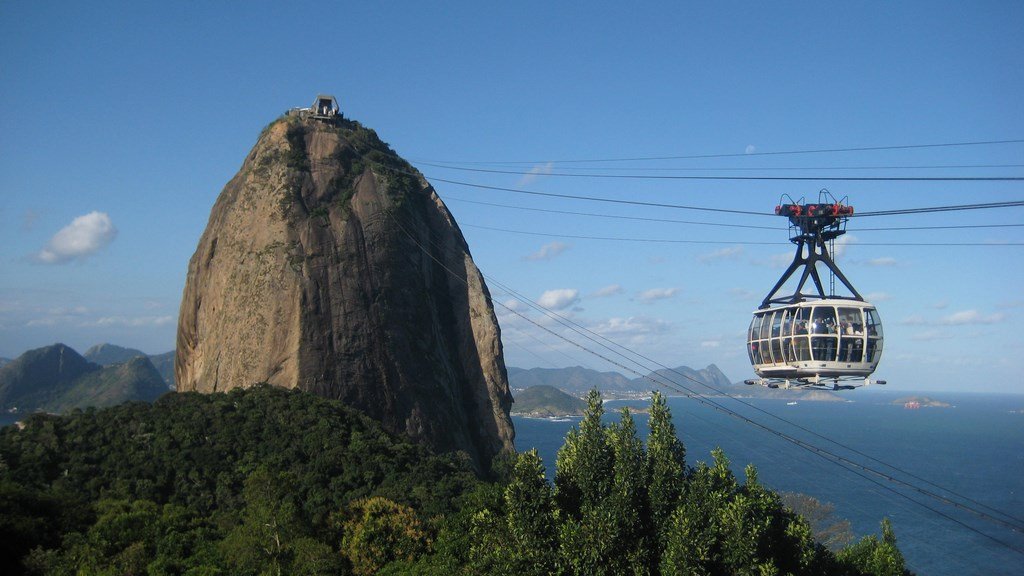
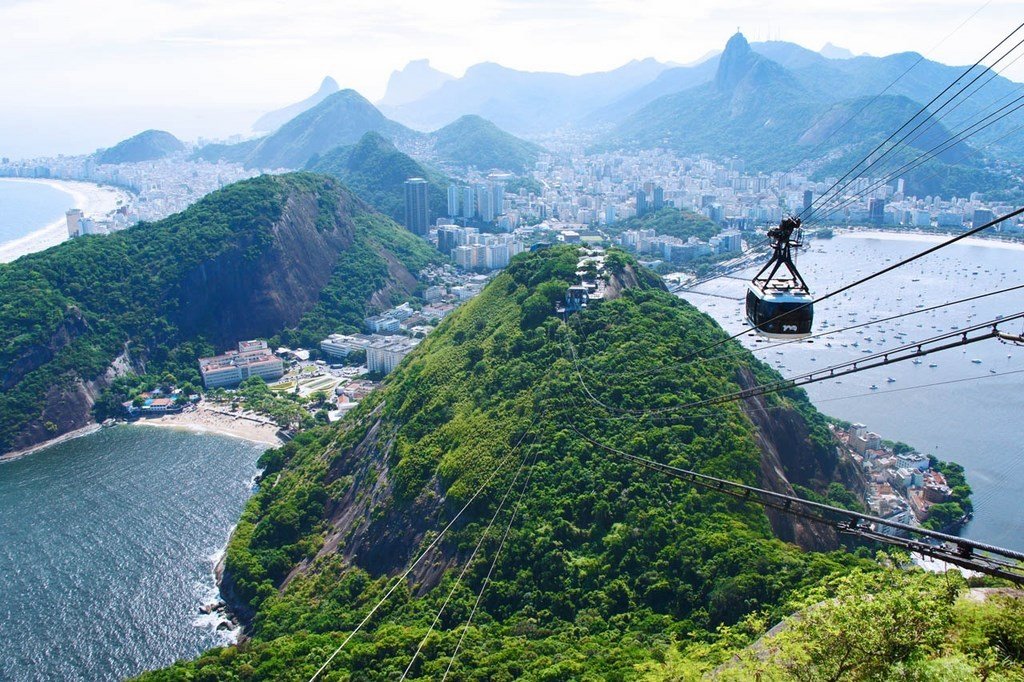
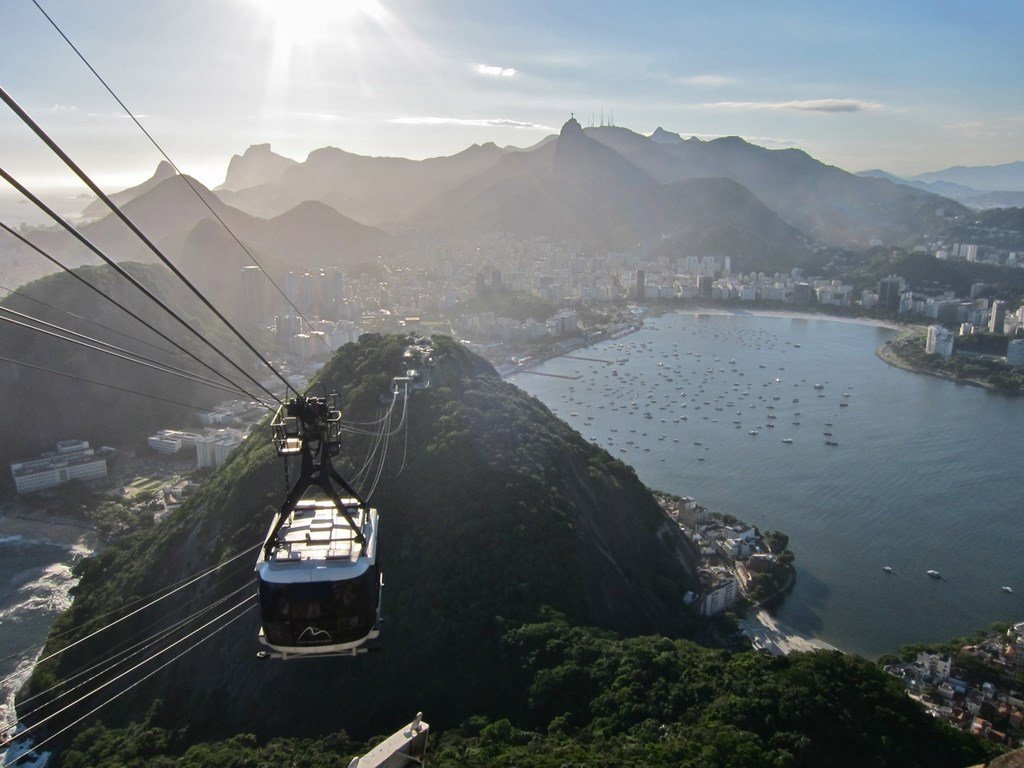
Video: Sugar Loaf Mountain
ContentsHistory
At the foot of the mountain, the Portuguese settled in 1565. And soon from a small village grew the city of Rio de Janeiro that we know today. In 1817 there was the first, officially recorded ascent to the top. Sugar Loaf Head was conquered by an Englishwoman named Henrietta Carstairs, who planted the British flag on it. At the beginning of the XIX century, the construction of a cable car started, which is still functioning properly today. Close to the attraction is the Concha Verde, an outdoor amphitheater where concert and entertainment programs for tourists are held.
.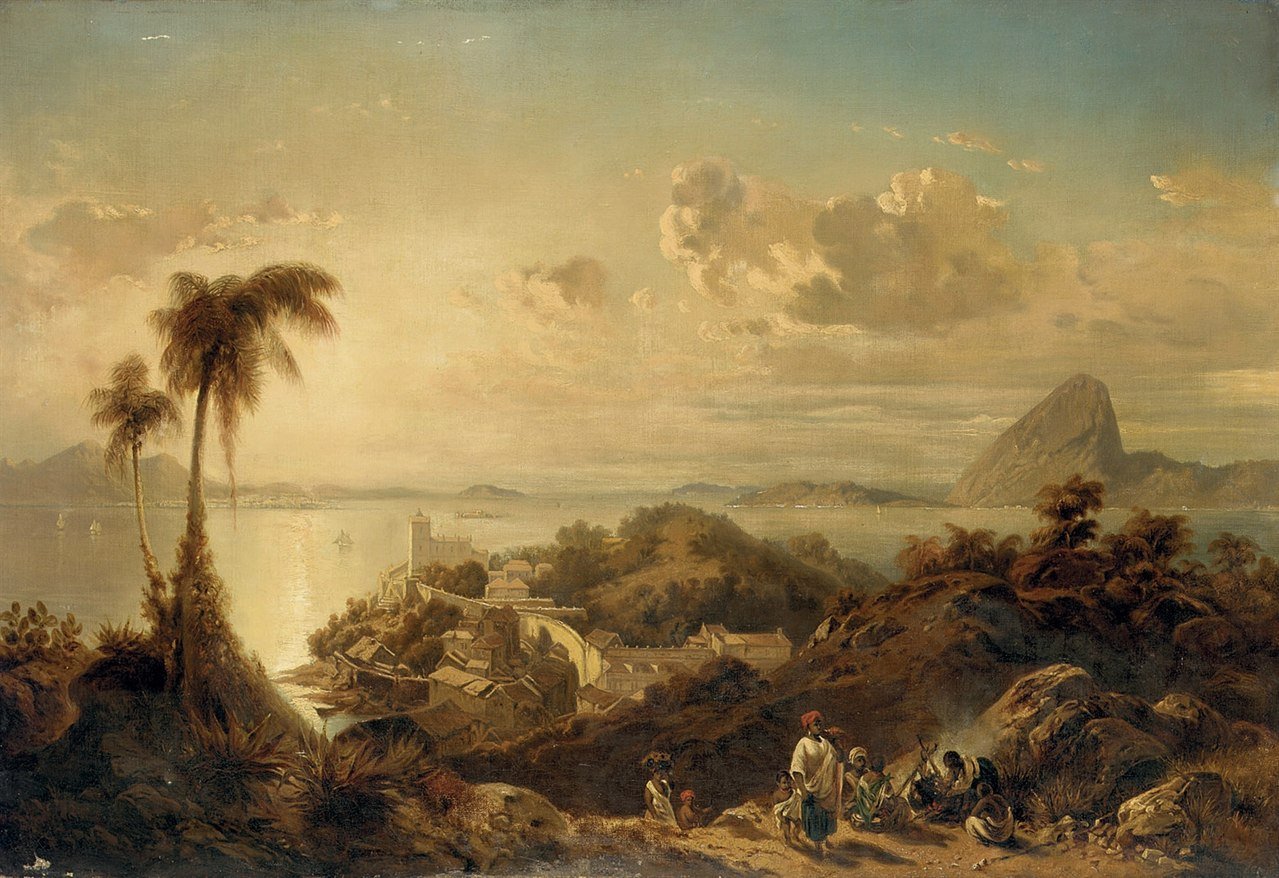
Cable car
Because of the transparent cabin of the cable car that takes tourists 400 meters high, this cable car has been dubbed the most extreme and scary place in the world. However, there is no reason for fear: the funiculars have been working properly for more than a hundred years, delivering 70 people at a time along the established route. During this time not a single dangerous incident has been noticed. The cable car gives only pleasant impressions from contemplating the stunningly beautiful city scenery. It was designed in 1908 by Augusto Ferreira Ramos and was opened 4 years later, becoming the first in the country and the third in the world. Nowadays, Rio’s cable car welcomes 30 million people annually.
.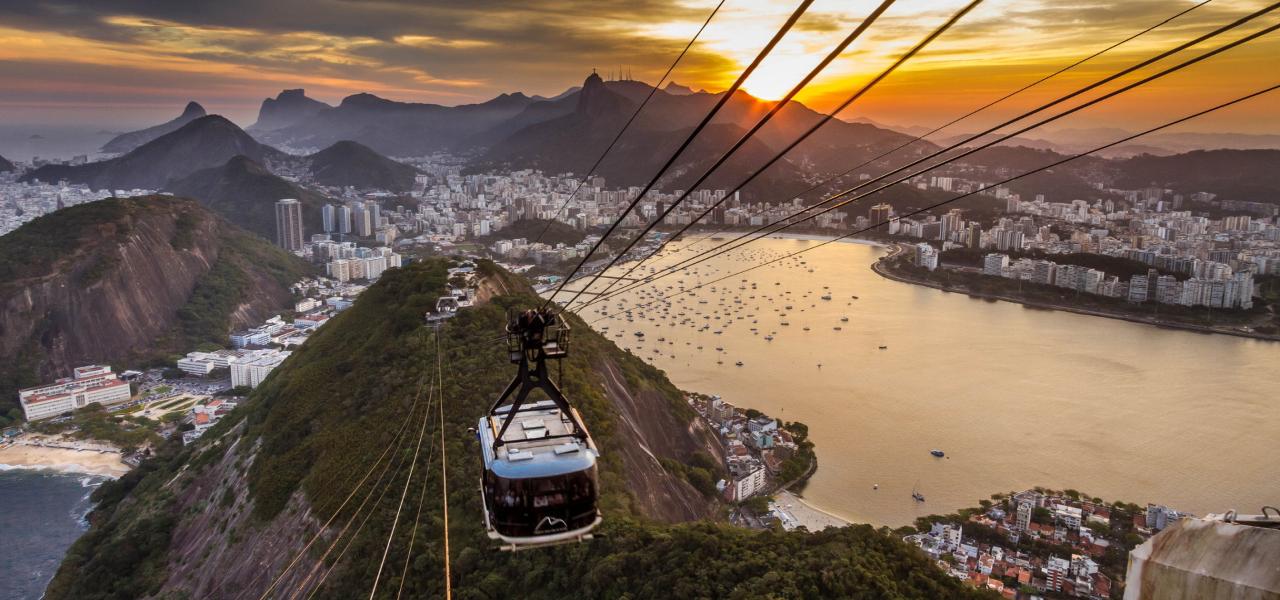
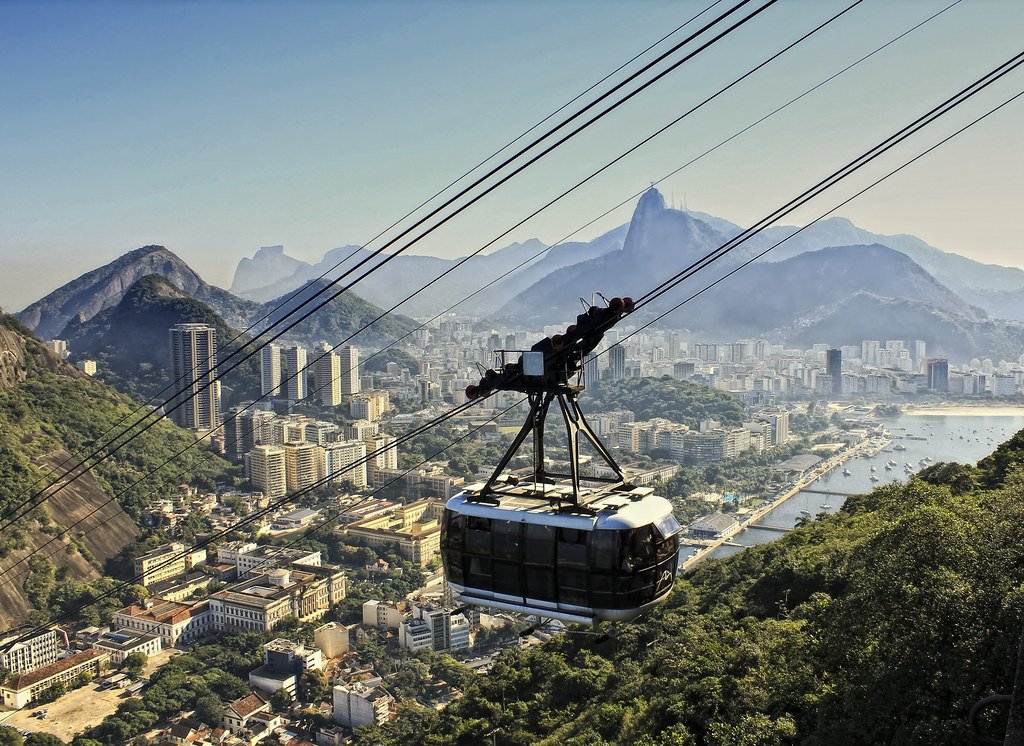
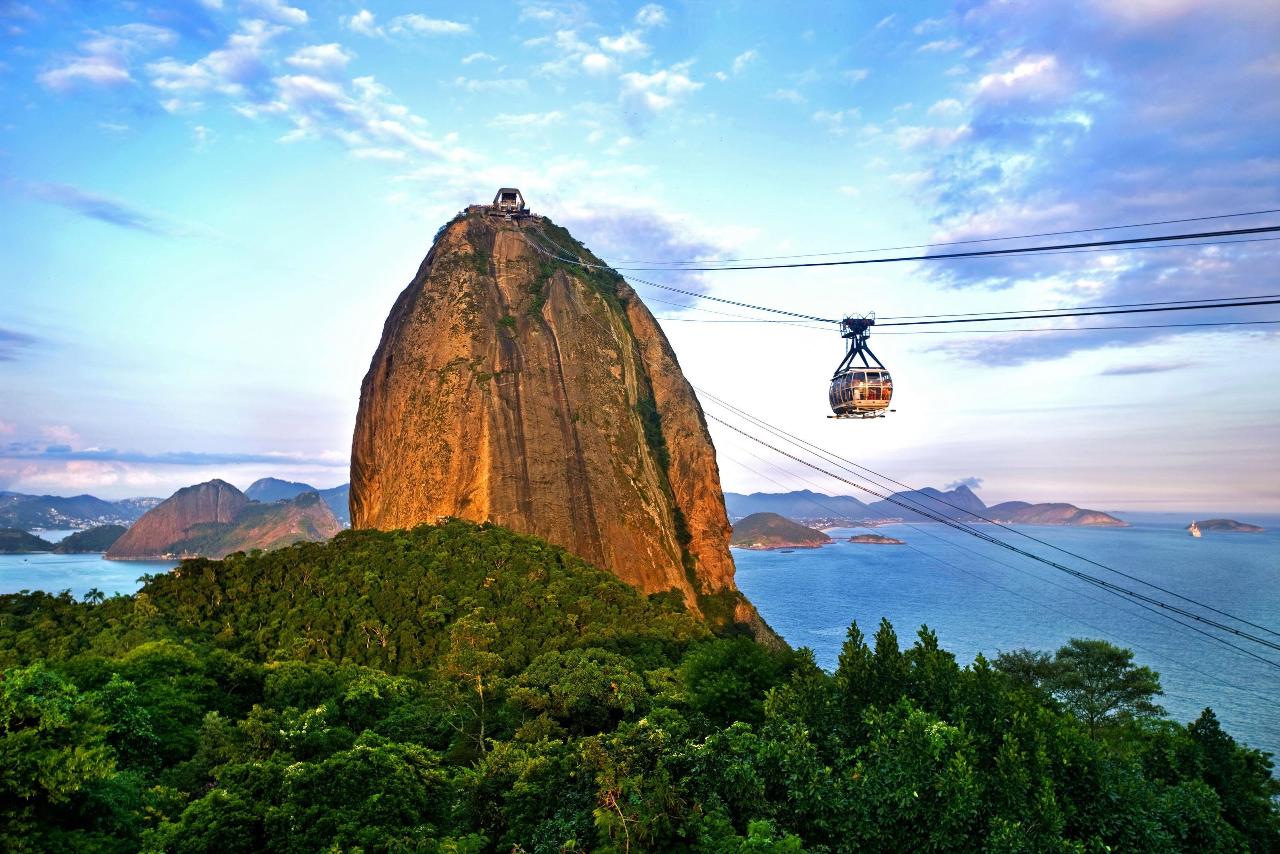
The route includes three stops:
.1. “Red Beach.”
This is the name of the town of Praia Vermelha with the beach of the same name. From above, the white sand and the azure of the Atlantic Ocean against the backdrop of Brazilian skyscrapers look like photos from the covers of travel magazines come to life.
.
2. Mount Urca
Located at an altitude of 220 meters. The cable car covers the distance from the first stop to the second stop in just 2 minutes. An amphitheater was built on the hill in the 70s, where various dance and music shows are held.
.
3. Sugar Loaf Mountain
The third stop is at the summit of 396 meters, which offers a full view of the city and Guanabara Bay. From the mountain you can see the beaches of Leblon, Lemme, Ipanema, Copacabana and Flamenco, Santos Dumont Airport, the Rio Niteroi Bridge, central Rio, the Statue of Christ, Corcovado and the rest of the sights that people come to Rio de Janeiro to admire.
.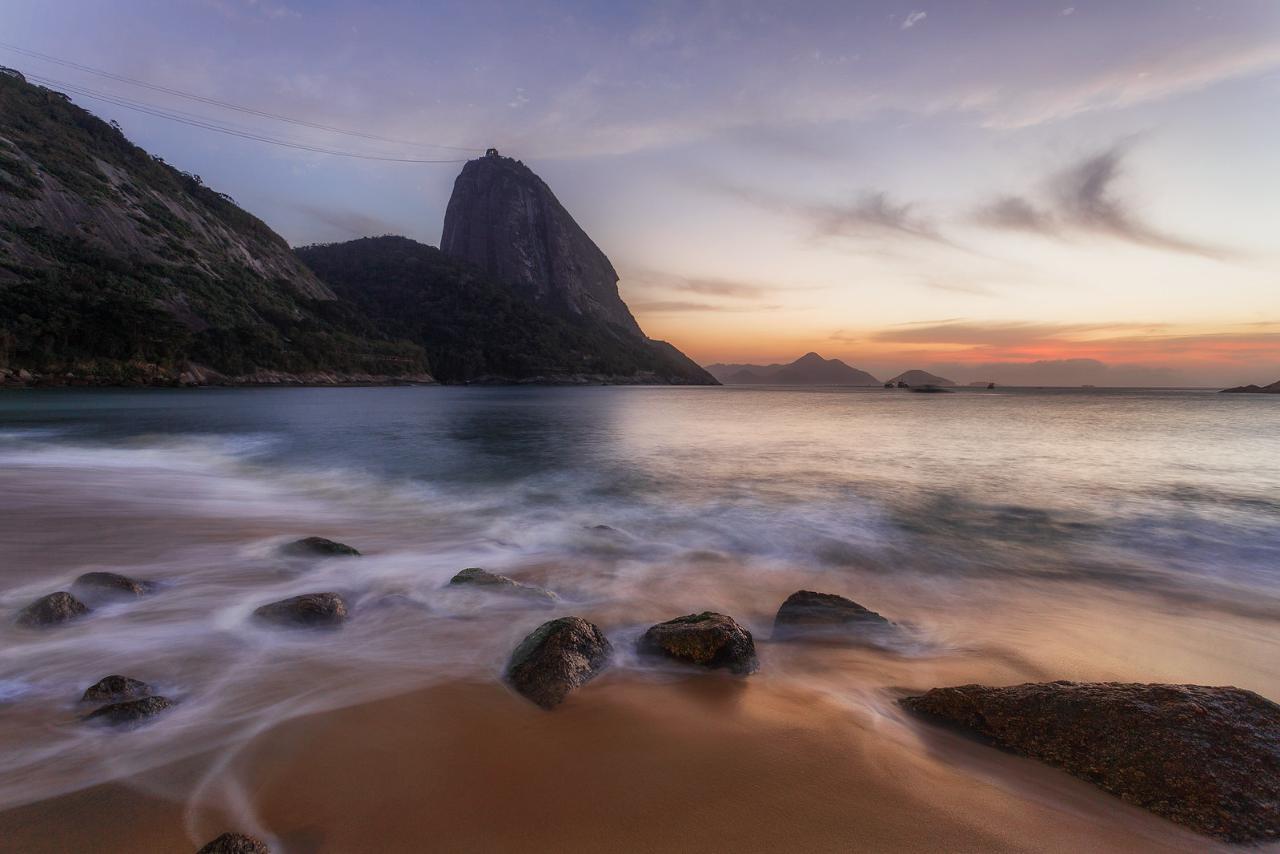
Cost of Sugar Loaf Mountain tour
https://trevaladvisor.com/img%img/Gora-Saharnaya-golovareterte/Vershina-gory.jpg” alt=””/>‘ Rio. The cost of this pleasure is 200 USD..How to get there
Sugar Loaf Mountain rises on the peninsula that separates Guanabara Bay from the Atlantic Ocean. Turístico City Rio tourist buses run to the peninsula via Avenida Pasteur to the N520. They arrive at the central square of General Tiburcio, next to which are the ticket offices that sell tickets for the funicular. From the southern or central neighborhoods of Rio, cabs are available. From the Botafago neighborhood to the Urca neighborhood, walk from Botafago to Urca – it will take no more than 30 minutes.
.